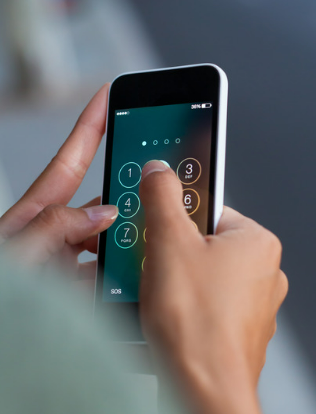


The Six Pillars of Modern Endpoint Management
Modern Endpoint Management is an IT operating model for remote or mobile workers who operate outside the traditional domain, using Microsoft 365 on desktops, laptops, tablets and smartphones, including BYOD. We define the six pillars of Modern Endpoint Management as follows:
Zero Trust Network
Zero trust assumes all devices are untrusted and cannot access company resources until proven otherwise. This is typically achieved through device attestation, conditional access policies, and multi-factor authentication.
Over-the-Air Updates
Windows update management is based on deployment rings. Set the maximum deferral period for semi-annual feature updates and monthly quality updates with security updates. Patch management is no longer required for operating systems.
Cloud Data
Eliminate the need to manage on-premise storage infrastructure. Gain live document collaboration, automatic backups, and drop your VPN.
Passwordless Authentication
Use cloud identity, single-sign-on and biometrics to remove the liability of password management for knowledge workers. Employees will love not having to remember passwords and phishing attacks will be virtually eliminated.
Zero Touch Provisioning
Stop imaging laptops. Ship devices directly to employees and get remote setup and configuration for all your devices.
Remote support
Purposefully designed for remote employees, with a mobile app, self-service options, 24×7 coverage and rapid response SLAs;
Modern Endpoint Management is designed to reduce cost, improve security and delight employees. All this is enabled by Microsoft 365 and world-class support from Mobile Mentor.
Listen to Mobile Mentor Founder, Denis O’Shea, explain the six pillars of Modern Endpoint Management.
Definition Table
Modern Endpoint Management can mean different things to different people so we have created a definition table to outline the difference between legacy and modern approaches.
Legacy Management
Modern Endpoint Management
Modern Endpoint Management Whitepaper
Modern Endpoint Management is a radically different managed service. Our six pillars deliver modern capabilities that reduce costs, increase security, and delight employees.
Our service brings the full capabilities of Microsoft 365 and the modern workplace to you.
Contact a Mobile Mentor expert today
Mobile Mentor is Microsoft’s 2021 Partner of the Year for Endpoint Management. Our engineers are certified by Microsoft, Apple and Google.
Complete our contact form below and one of our consultants will get back to you within 24 hours.
